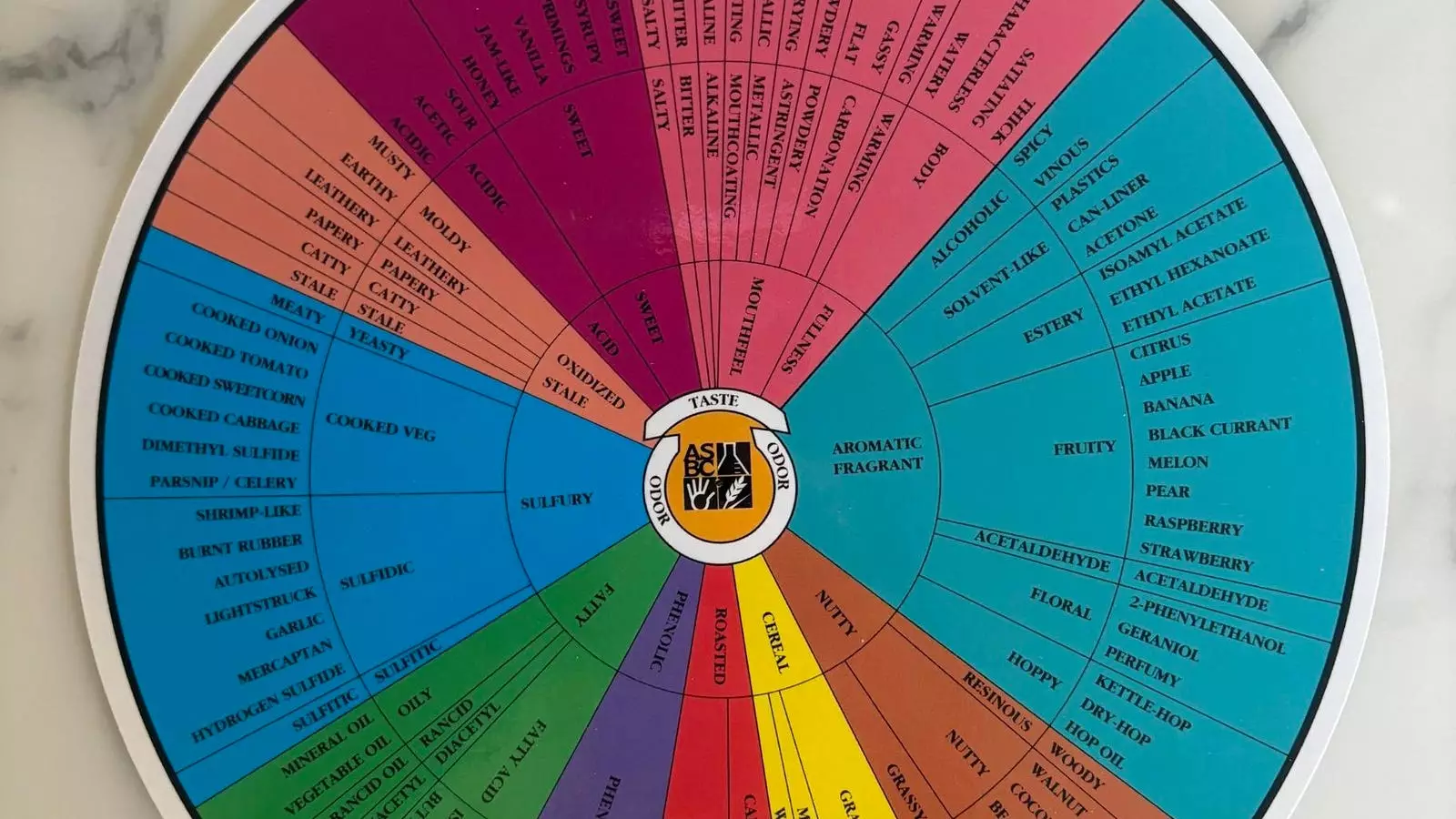In the world of craft beer, aroma is often an underrated player that holds significant importance in how we perceive and enjoy our favorite brews. Jen Blair, a prominent figure in the American beer landscape, is making strides to illuminate this critical aspect through her innovative webinar series titled “Aroma: Explore The Wheel.” This program serves as a comprehensive platform to educate both industry professionals and enthusiasts about the complexities of aroma in beer. By delving into the intricate relationship between smell and flavor, Blair aims to enhance our appreciation for the art of brewing—and drinking—beer.
Aroma is not merely an abstract concept; it’s a sensory element that can make or break the drinking experience. While taste is undeniably critical, aroma contributes significantly to the flavor profile of beer. Different ingredients, including hops, yeast, malt, and even water, offer a wide array of aromatic qualities. Understanding these nuances allows drinkers to refine their palates and recognize off-flavors that could signal faults in a brew. As Blair outlines in her curriculum, learning to identify various aromas can enhance one’s ability to describe individual beers, transforming a simple act of drinking into a sensory exploration.
Participants in the “Aroma: Explore The Wheel” webinar can expect an engaging blend of education and experiential learning. Each session centers around specific aromas, accompanied by 6-10 unique vials containing different scents. This hands-on format encourages attendees to engage in blind smelling, offering them a rare chance to refine their sensory vocabulary. Blair’s approach is compelling—it’s not just about identifying aromas but truly understanding the characteristics that define different beer styles.
Blair emphasizes that developing one’s sense of smell is akin to training for a fitness goal—it requires intentional practice and consistency. She likens participating in aroma training to visiting the gym; one does not achieve peak physical condition after a single workout. Instead, a structured and mindful regimen leads to noticeable improvements over time. This analogy demystifies the somewhat intimidating aspect of sensory training, inviting participants of all backgrounds and skill levels to engage with their sense of aroma.
The webinar also addresses common misconceptions about aroma training, particularly that it is an overwhelming endeavor fraught with uncertainty. Blair reassures her audience that the journey to becoming an aroma connoisseur does not necessitate specialized knowledge or expensive tools. In fact, she advocates utilizing resources already available in one’s kitchen. Spices, fruits, herbs, and even vegetables provide an excellent resource for honing one’s olfactory senses. Simple exercises—such as lining up different spices and learning to distinguish between them—serve as delightful and educational activities.
Beyond individual training, Blair’s initiative fosters a sense of community among participants. It encourages collaboration, discussion, and shared learning experiences. By engaging in group sessions where attendees freely share their thoughts and experiences regarding various aromas, the webinars cultivate an environment where learning becomes a collective pursuit. This focus on communal learning reflects a growing trend within craft beer culture—a movement that values knowledge sharing and communal appreciation.
The series also sheds light on the broader implications of sensory skills in beer appreciation. As Blair aptly points out, many of the flavors encountered in beer also exist in food and nature. A better understanding of these flavors can deepen the overall tasting experience. For example, participants will explore various categories of fruit aromas, such as tropical or stone fruits, allowing them to sharpen their descriptive language and enhance their future beer discussions.
For those looking to expand their knowledge further, Blair shares a curated list of thoughtful readings that complement the training experience. Titles such as *Flavorama* by Arielle Johnson and *Nose Dive* by Harold McGee are invaluable resources, providing insights into the science of flavor and aroma, as well as tips for everyday exploration. These texts not only reinforce the concepts taught in the webinars but serve as a springboard for further inquiry into the fascinating world of flavors.
As the craft beer landscape continues to evolve, the emphasis on aroma will undoubtedly grow, allowing drinkers to experience beer in an entirely new light. Jen Blair’s “Aroma: Explore The Wheel” is paving the way for enthusiasts and professionals alike to cultivate their sensory skills. By bridging the gap between the science of smell and the art of brewing, this initiative exemplifies how interconnected our tasting journeys can be. The goal isn’t merely to enjoy beer—it’s to truly appreciate every intricate note within it, leading to richer, more rewarding experiences.


Leave a Reply